Up to now, Hai Lang fields have become the province's rice granary. Hai Lang farmers in the rice fields are famous for their high intensive farming skills and mastery of all scientific and technical advances in the entire rice production chain. Currently, the total grain output of Hai Lang district has reached over 90,000 tons and the production value per unit area has reached 126 million VND/ha, ranking among the top localities in Quang Tri province.
For Hai Lang district, the journey from a low-lying, monoculture, extensive farming area with countless difficulties and shortages to the effort to develop and become a key rice area of Quang Tri province is a long story, imbued with everlasting human values in the way of organizing life, organizing production and the philosophy of "di nong vi ban" (taking agriculture as the root) of many generations of Hai Lang people, a place likened to the Dong Thap Muoi region of Quang Tri province.
Using a rice transplanter in the fields of Hai Que commune, Hai Lang district - Photo: D.T
The beginning was difficult
Let me start the story of rice in Hai Lang with an important event for the land and people of the southernmost region of the province. At exactly 8:30 a.m. on May 18, 1990, at Hai Lang High School, a solemn rally was held to celebrate the re-establishment of Hai Lang district.
This moment is even more solemn and creates special emotions for everyone, that is on the day Hai Lang rejoices when returning to its original name, also on the occasion of the 100th anniversary of the birth of beloved Uncle Ho, May 19 (1890-1990).
In the speech of District Party Secretary Hoang Xuan Hoa read at the ceremony, he emphasized the field of agricultural development: Over the past 15 years (from 1975 - the day Hai Lang district was liberated to 1990 - PV), the face of the locality has gradually changed. Besides the typical examples of good intensive agriculture in Long Hung, Dai An Khe, Vinh Thang..., there have appeared some typical examples of intensive farming in low-lying areas such as Tho Bac, Hung Nhon...
It must be seen that the heavily flooded low-lying areas occupying more than half of the district's area have not been proactively irrigated, which is the most worrying and tormenting thing for the local government and people both in the dry summer season and during the rainy and flood seasons; the electricity system serving production is not yet available, the irrigation system is not complete, and commodity production is still underdeveloped...
Along with the event of re-establishing the district, the immediate task of the locality is to focus on completing agricultural production plans, quickly harvesting the winter-spring crop, implementing the summer-autumn crop well, and launching N2A irrigation works to proactively irrigate the fields.
At the ceremony, Chairman of Quang Tri Provincial People's Committee Nguyen Buong also shared: The province knows that the district is facing many difficulties: waterlogging, monoculture, extensive farming, and almost no technical facilities; however, with the potential for agricultural development, the attention and leadership of Party committees and authorities at all levels, and the tradition of diligence, hard work, and creativity of the people, Hai Lang will definitely have a breakthrough development in the future...
Hai Lang farmers harvest rice - Photo: D.T
In the essay: "Cactus blooms in thirst, on the flooded Hai Lang" published in Quang Tri newspaper on May 17, 1990, author Nguyen Hoan informed that, at the time of re-establishing Hai Lang district, the whole district had about 5,500 hectares of rice fields, of which only 1,500 hectares received irrigation water from the Nam Thach Han irrigation project in the winter-spring crop and 1,000 hectares of rice in the summer-autumn crop.
According to the design, the N2A canal will irrigate 180 hectares of rice in the communes of Hai Phu, Hai Thuong, Hai Lam, while the irrigation water source has not reached the communes of Hai Tho, Hai Truong, Hai Tan, Hai Hoa, Hai Son, so the fields have to "go thirsty". The N6 canal can only irrigate 800 hectares out of the total 1,400 hectares designed for the Hai Ba, Hai Que and Kim Giao cooperatives (Hai Duong commune), and in the summer-autumn crop, it cannot irrigate Hai Duong commune.
Faced with the situation of 4,000 hectares not being actively irrigated for two crops, Hai Lang district has mobilized all resources to save rice by taking advantage of local water sources and exploiting the advantages of rivers, lakes and ponds to provide water for rice plants; combining water pumping with diesel and electric engines with water wheels; taking advantage of Phuoc Mon and Phu Long reservoirs, Khe Muong dam to quench the "thirst" of the vast rice fields of Hai Son, Hai Truong, Hai Tho, Hai Thien...
Director of the Department of Agriculture Nguyen Khac Chu (in 1990 - PV) once said that due to the characteristics of Hai Lang's terrain sloping from West to East, the mountainous and coastal areas are divided by rivers and streams, and some plain areas have low-lying terrain, so organizing production faces many difficulties.
However, Hai Lang farmers have made efforts to overcome this disadvantage by applying new rice varieties and building a reasonable cropping schedule to avoid early-season drought, avoid late-season flooding, prevent plants from falling, have high disease resistance, and good rice quality.
In the 1989-1990 winter-spring crop, the Vinh Loi, Tho Bac, Van Nam, and Thuong Xa Cooperatives, when changing to rice varieties with higher grain grades (technical varieties), had a 15-20% higher yield.
In 1990, the average winter-spring rice yield in the whole district began to rise above 30 quintals/ha. The varieties put into use were mainly CR203, IR36, MTL61, CN2... which opened a new page in Hai Lang fields.
Prosperity in the fields
Since 2022, every harvest season, Mr. Ho Xuan Hieu, Chairman of the Board of Directors of Quang Tri Trading Corporation (Sepon Group) often invites me to Hai Que commune to watch rice cultivation. Cooperating with Kim Long Cooperative to cultivate organic rice, Sepon Group applies new techniques and technologies by providing technical guidance and supervising the fields throughout the production process with machine transplanting technology that meets the capacity 10-15 times faster and reduces costs by 60-70% compared to manual transplanting; using high-quality organic fertilizers and using fertilizer machines to reduce labor for farmers; producing indigenous microorganisms and biological products to protect and care for rice plants.
In addition, the company sprays biological products on rice using drones to reduce costs for farmers and protect rice plants from being trampled and damaged. The circular economy in organic rice cultivation has also been vividly demonstrated by the application of straw rolling technology with molasses composted right in the field to collect for farmers after harvest, protect cultivated land and reduce environmental pollution. Straw is composted with molasses right in the field to feed cows, rice husks are used as biological bedding for chickens, then chicken manure is collected to make organic fertilizer for rice...
Large fields in the low-lying area of Hai Lang district - Photo: D.T
For its part, to turn challenges into advantages, the district has focused on promoting agricultural production development in all three regions: plains, hills and sand. The rice cultivation area in 2024 has reached 13,637.4 hectares (of which the winter-spring crop is 6,888.5 hectares; the summer-autumn crop: 6,850 hectares). The main variety structure: Khang Dan (30.2%), DBR 57 (23.9%), the rest are varieties such as An Sinh 1399, HN6, HG 244. The average yield of the whole district is the highest ever, reaching 64.67 quintals/ha (of which the winter-spring crop is 67.28 quintals/ha, the summer-autumn crop is 62 quintals/ha). Rice output reached 88,188.4 tons. This year's rice harvest and good prices have created more motivation for farmers to produce.
The highlight of rice production in Hai Lang today is that the district has focused on expanding the area of high-quality rice with 9,527.6 hectares; the area of large-field production is 1,695.1 hectares; and on-site rice seed production is 524.7 hectares. The district continues to promote organic production with about 410 hectares, VietGAP and linking production and rice consumption with enterprises; has linked consumption of 467.1 hectares.
To protect the rice area well, the district regularly conducts pest forecasting and provides timely and effective prevention instructions. Promote the application of effective pesticide use solutions in the production process such as: applying the integrated plant health management program IPHM has contributed to protecting crops, controlling the level of soil degradation, human health, animals and the ecological environment in production. Encourage the application and expansion of unmanned aerial vehicles in spraying pesticides; use indigenous microorganisms, biological products, and herbs in pest control. Direct the timely handling of emerging rice pests and diseases in some units, contributing to improving the effectiveness of prevention and protection of rice productivity and output in both crops. In the district, there are more than 87.5 hectares of rice using unmanned aerial vehicles to prevent and control pests and diseases.
The application of drones has reduced production costs, reduced labor, and protected human health and the environment. Promoting mechanization in land preparation and rice harvesting has contributed to speeding up production and harvesting progress, ensuring crops.
On the threshold of the new spring of At Ty 2025, Hai Lang district sets a target of striving to achieve a production value per unit area of over 126 million VND/ha; total grain output of over 84,000 tons. Stabilize the rice area of 13,450 ha, use rice varieties with good quality. Structure of main rice varieties: Khang Dan, An Sinh 1399, HN6, DD2, Ha Phat 3...; expand promising rice varieties: Bac Thom 7, DV 108, VNR 20, JO2, TBR 97, TBR279, ST 25, QR1, DQ11, HG 12, ADI28... Rice seed production area of 500 ha, high-quality rice of 9,500 ha. Arrange sowing by region so that rice blooms in each crop to effectively manage pests and diseases, and facilitate land preparation and irrigation. Continue to promote land accumulation and build large fields...
Remember, in the first month of 2022, there was an unusual flood from March 31 to April 2, 2022 in the province. As the folk saying goes: "The sky caused a flood in March; whoever has rice seeds, mill them and eat them gradually...", this is an extreme, unusual flood that has never happened in recent years and occurred at a time when winter-spring crops were forming productivity, causing severe damage to agricultural production. Many key production areas of the province were completely lost, affecting people's lives and activities. The entire organic rice area that Sepon Group deployed at Kim Long Cooperative is located entirely in the "flood center" area of Hai Lang lowland.
However, thanks to the efforts of local authorities, the directors of agricultural cooperatives and farmers, human resources and means to save rice have been mobilized to the maximum. Many measures to build embankments and concentrate pumps to prevent flooding have been urgently deployed. Enterprises have also actively participated, working side by side with farmers to protect rice areas, so when the flood recedes, the rice plants still have enough strength to grow well, bringing a bumper harvest.
This is the solution to the "problem" of growing rice with sustainable efficiency in severely flooded areas that nearly 35 years ago, the leaders and people of Hai Lang district were troubled by...
Dan Tam
Source: https://baoquangtri.vn/chuyen-ve-cay-lua-o-hai-lang-190937.htm


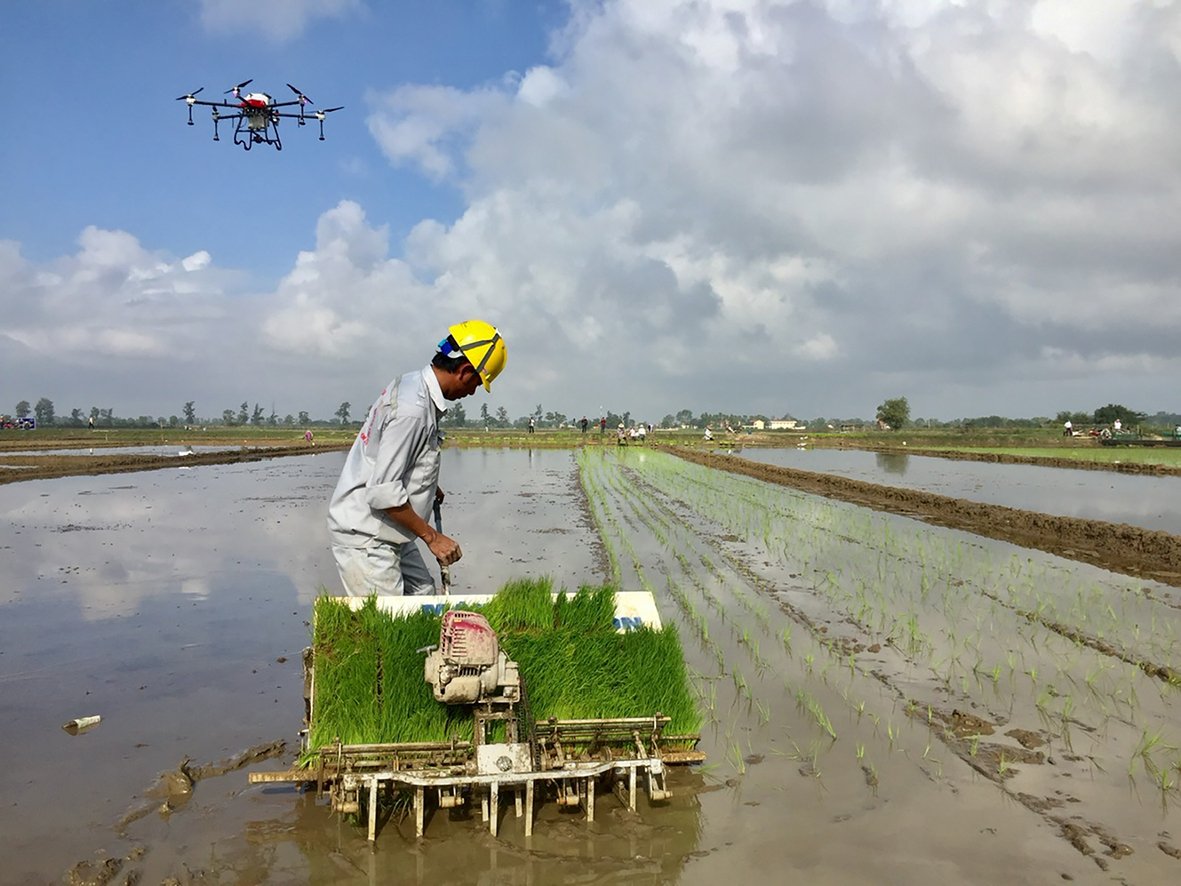
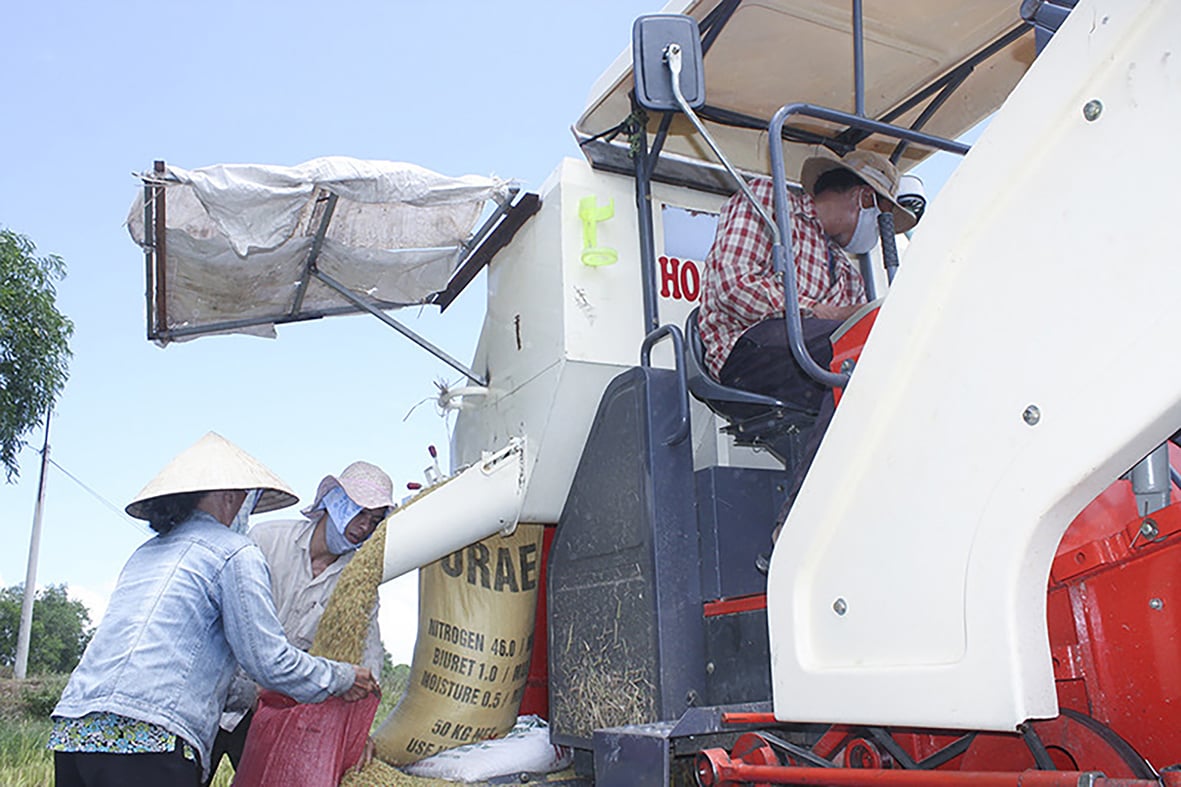
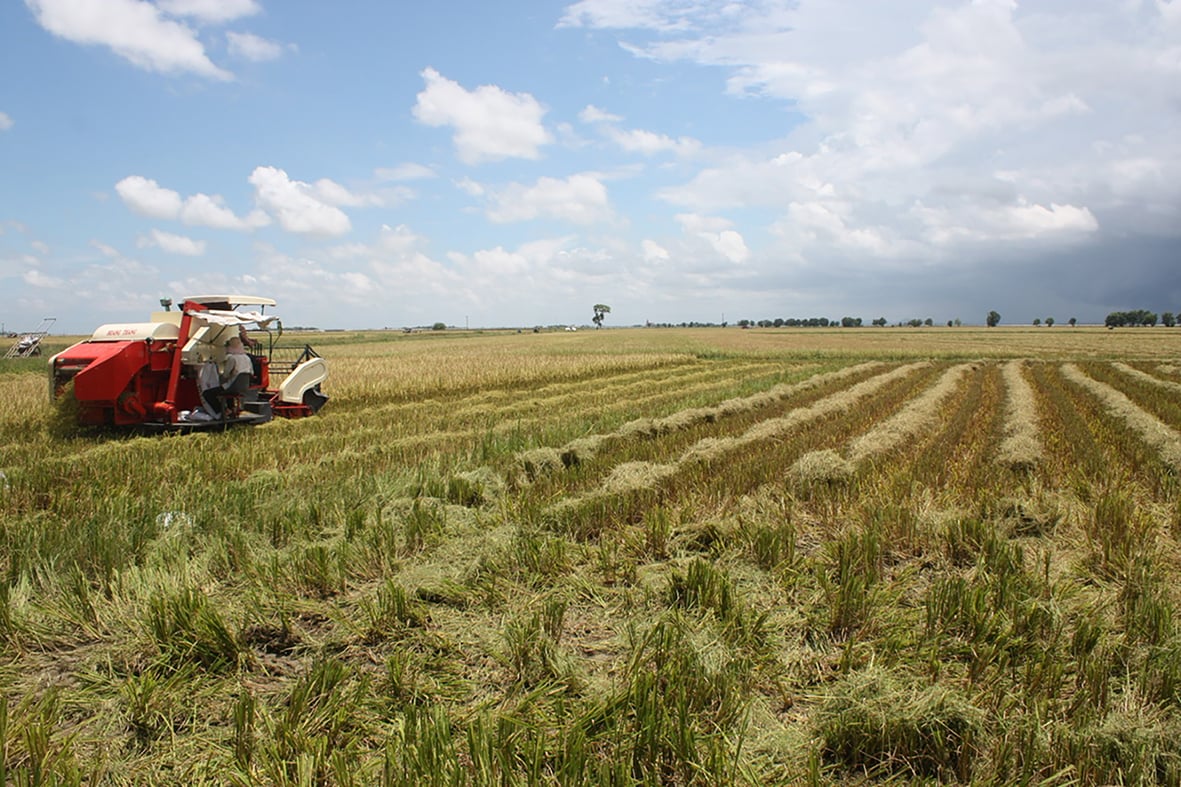
![[Photo] Speeding up construction of Ring Road 3 and Bien Hoa-Vung Tau Expressway](https://vstatic.vietnam.vn/vietnam/resource/IMAGE/2025/3/31/f1431fbe7d604caba041f84a718ccef7)
![[Photo] President Luong Cuong and the King of Belgium witness the Vietnam-Belgium document exchange ceremony](https://vstatic.vietnam.vn/vietnam/resource/IMAGE/2025/4/1/df43237b0d2d4f1997892fe485bd05a2)
![[Photo] President Luong Cuong meets with King Philippe of Belgium](https://vstatic.vietnam.vn/vietnam/resource/IMAGE/2025/4/1/1ce6351a31734a1a833f595a89648faf)
![[Photo] Official welcoming ceremony for the King and Queen of the Kingdom of Belgium](https://vstatic.vietnam.vn/vietnam/resource/IMAGE/2025/4/1/9e1e23e54fad482aa7680fa5d11a1480)

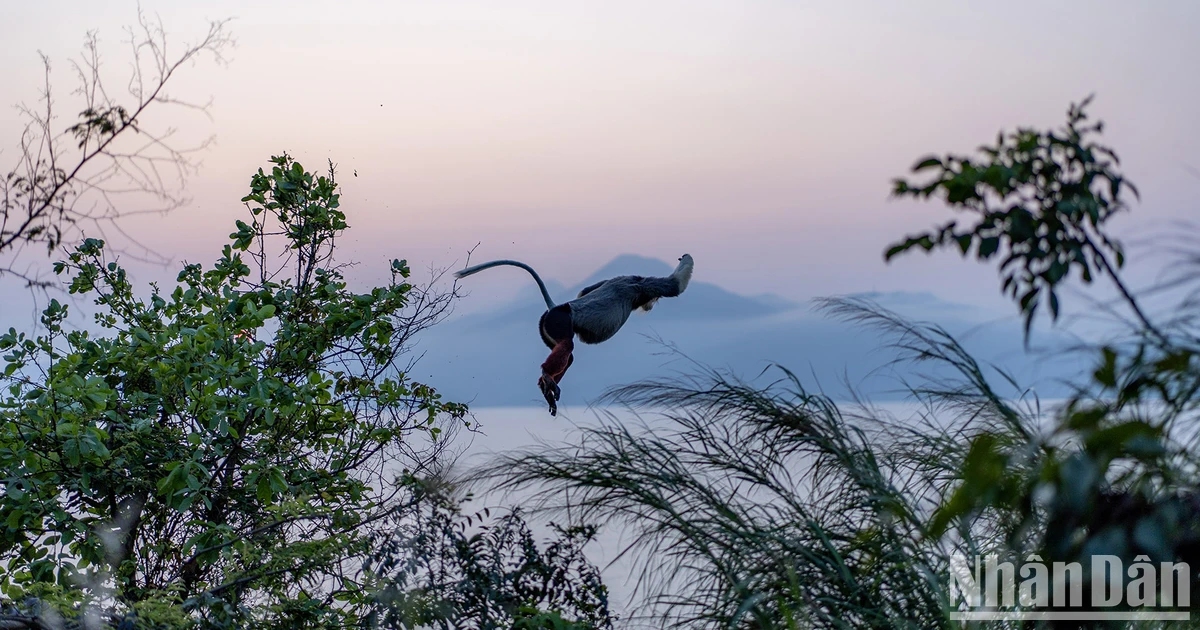
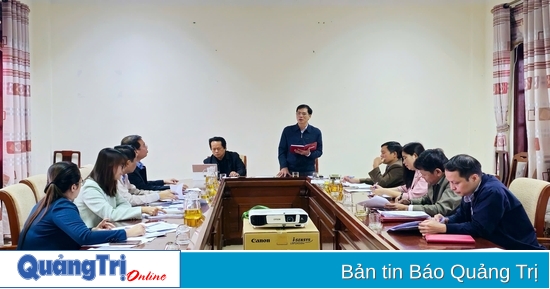
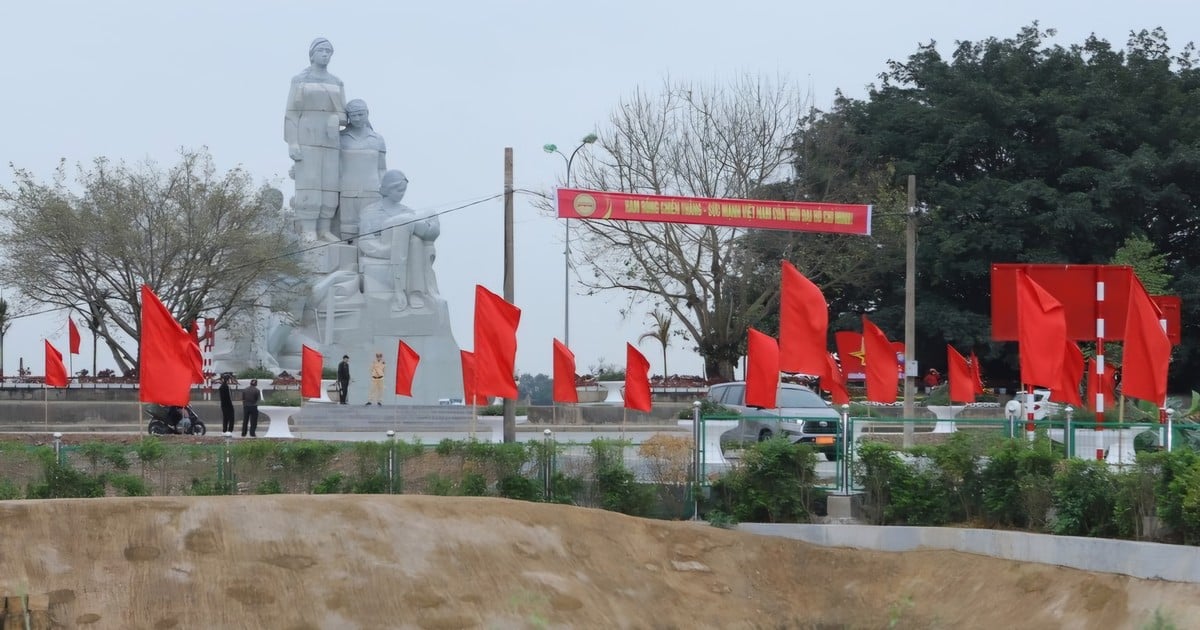

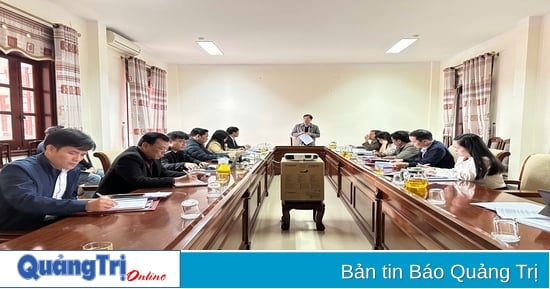
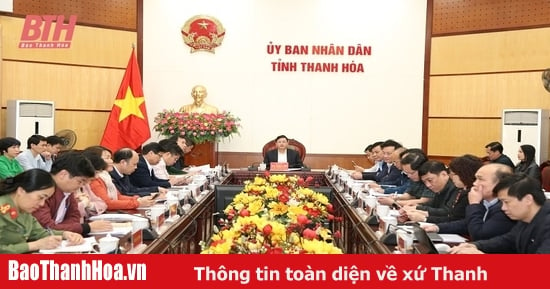
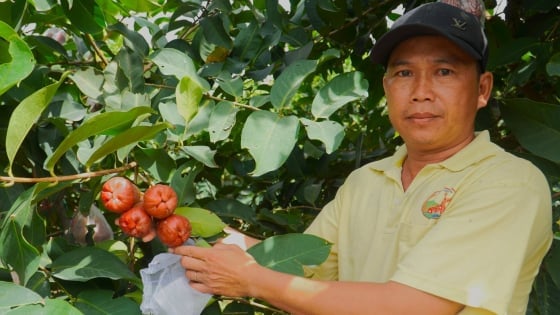

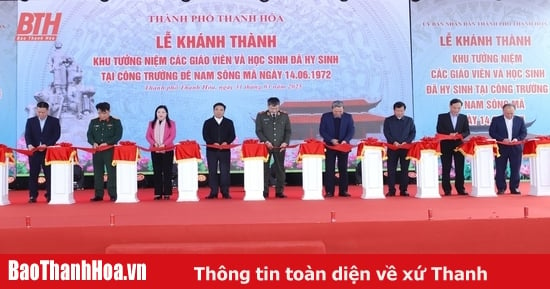

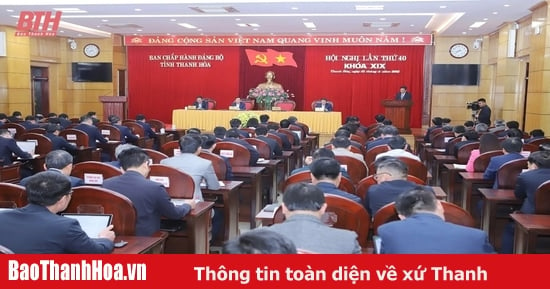
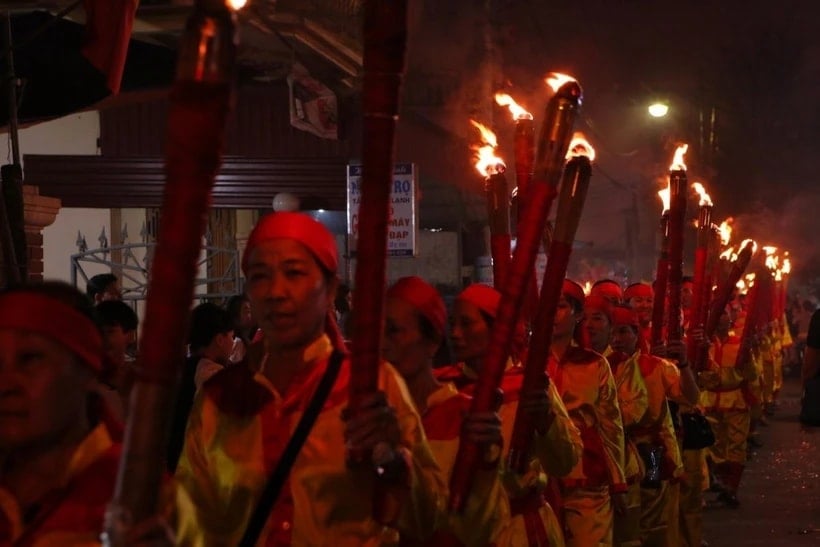
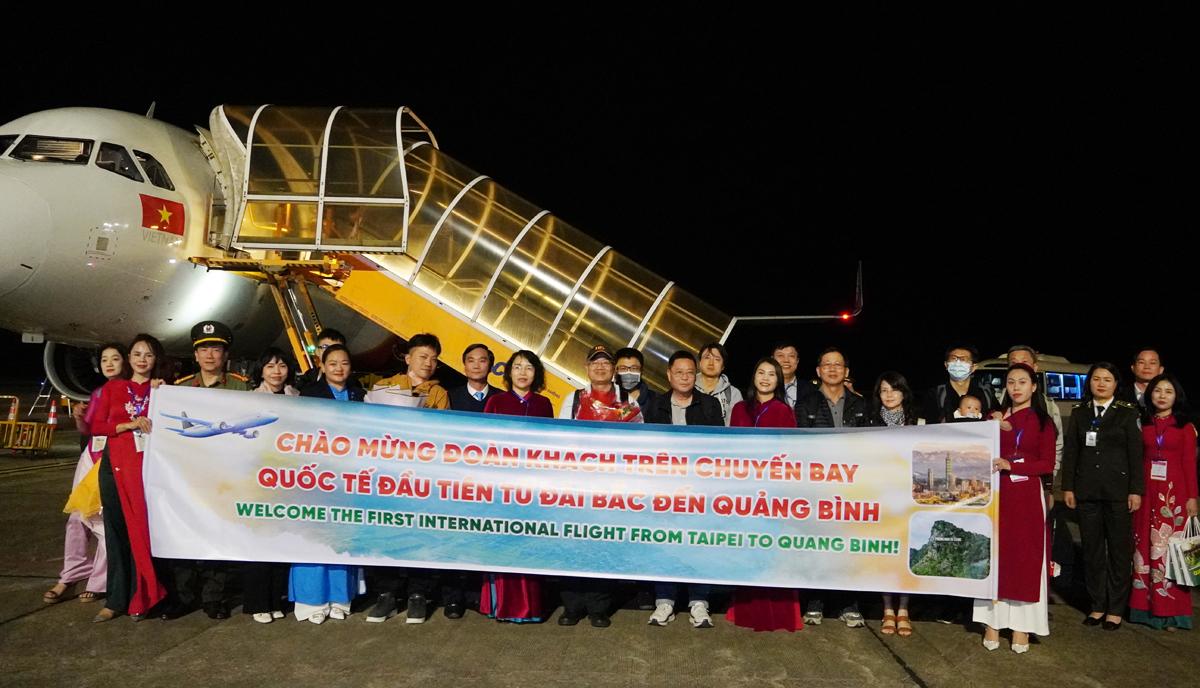
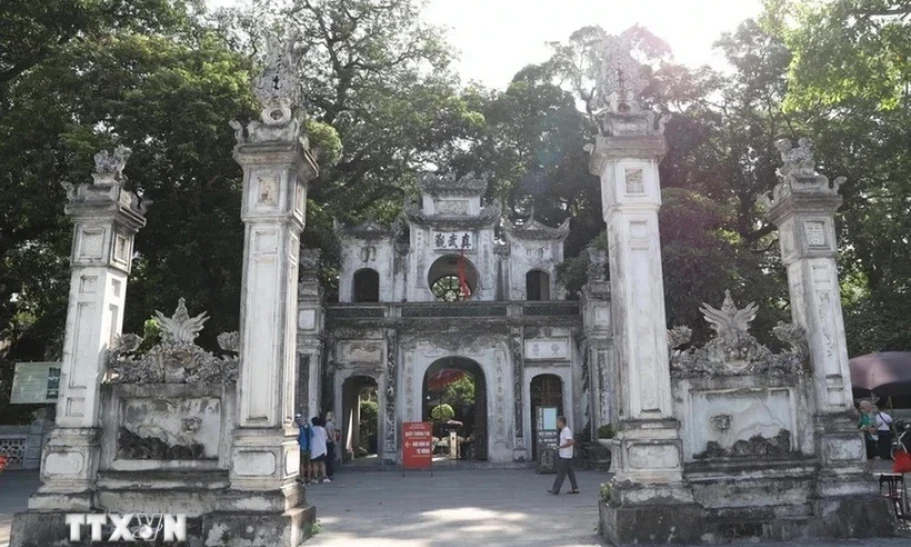






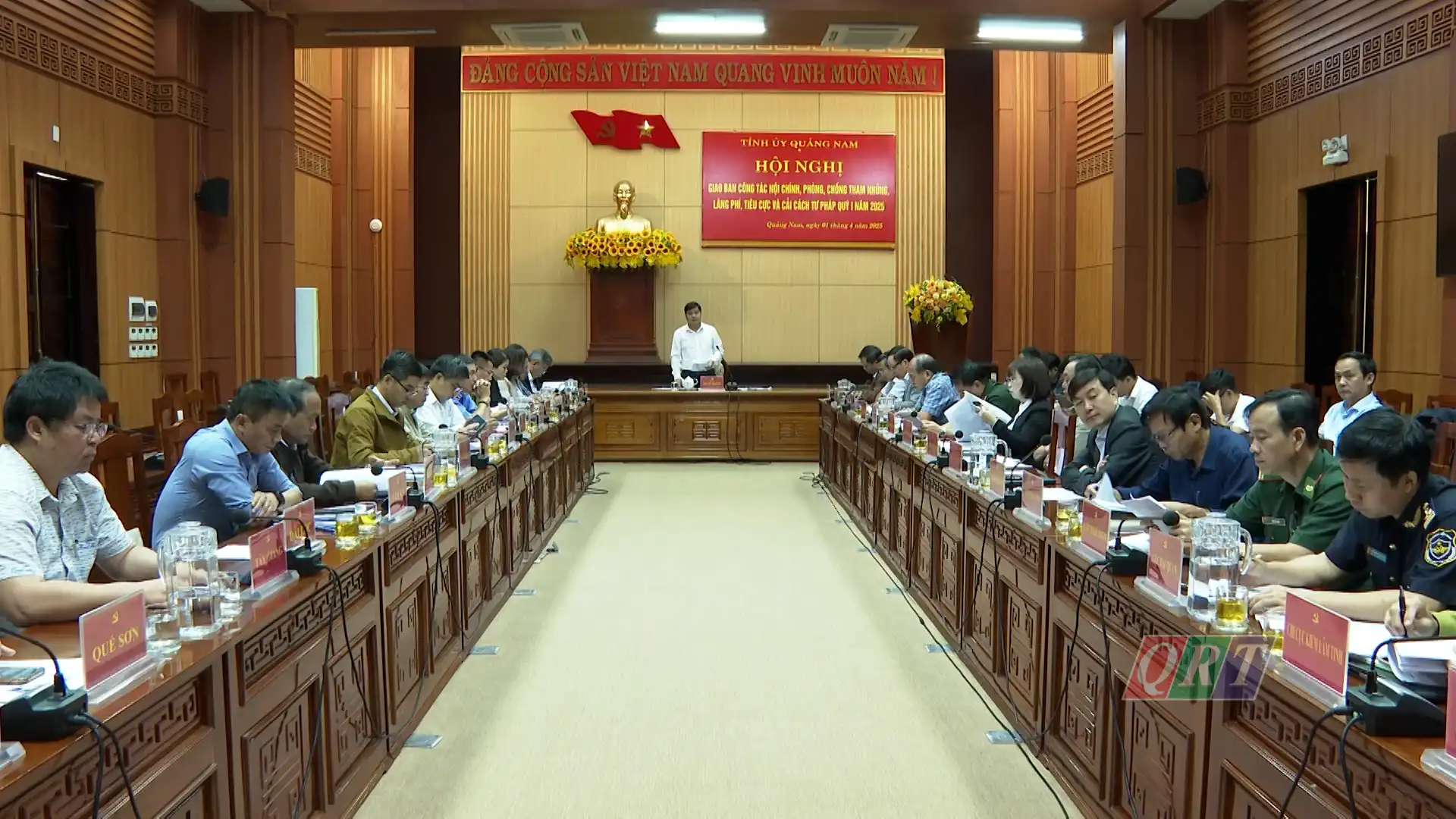
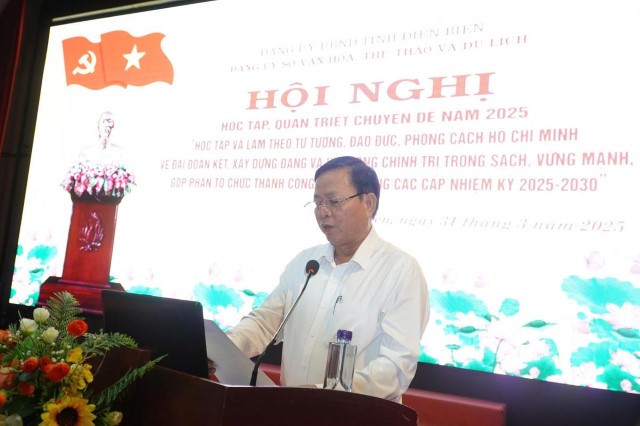
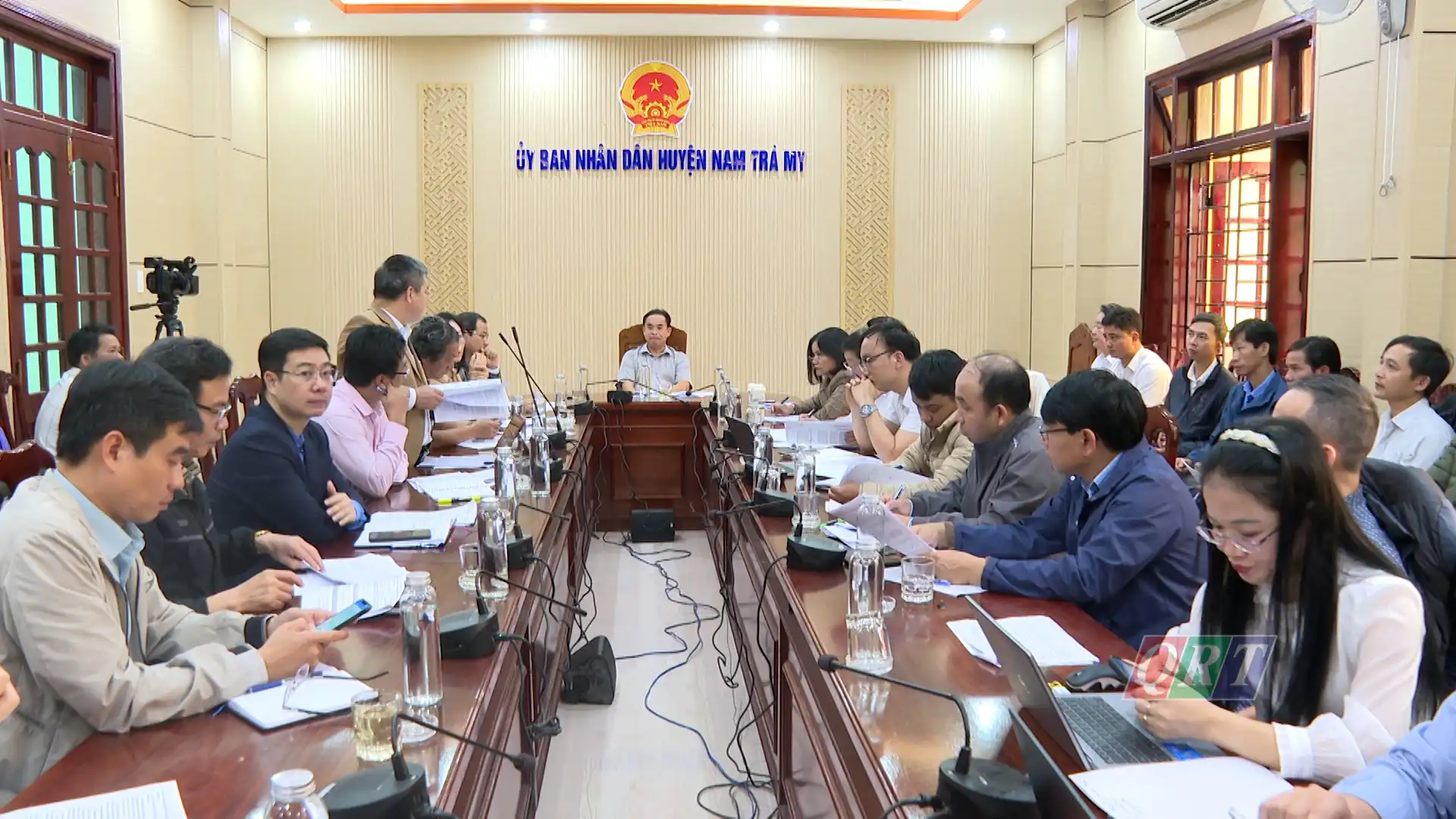









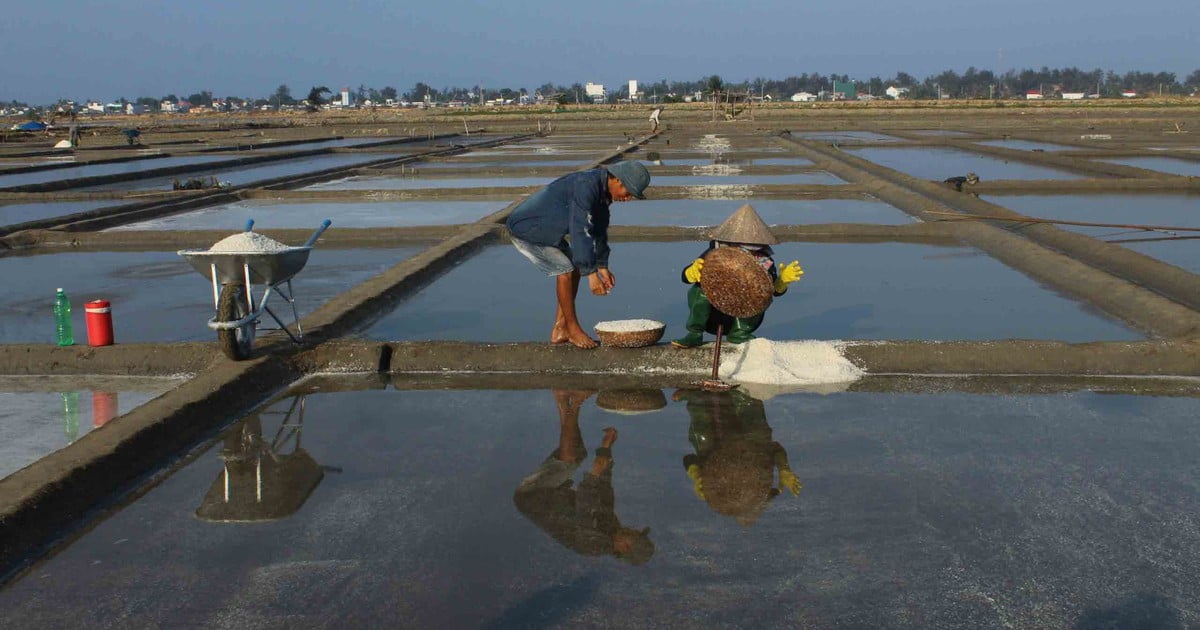

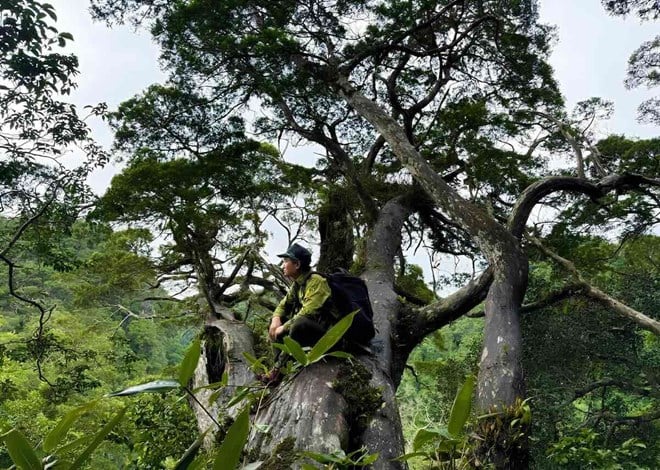


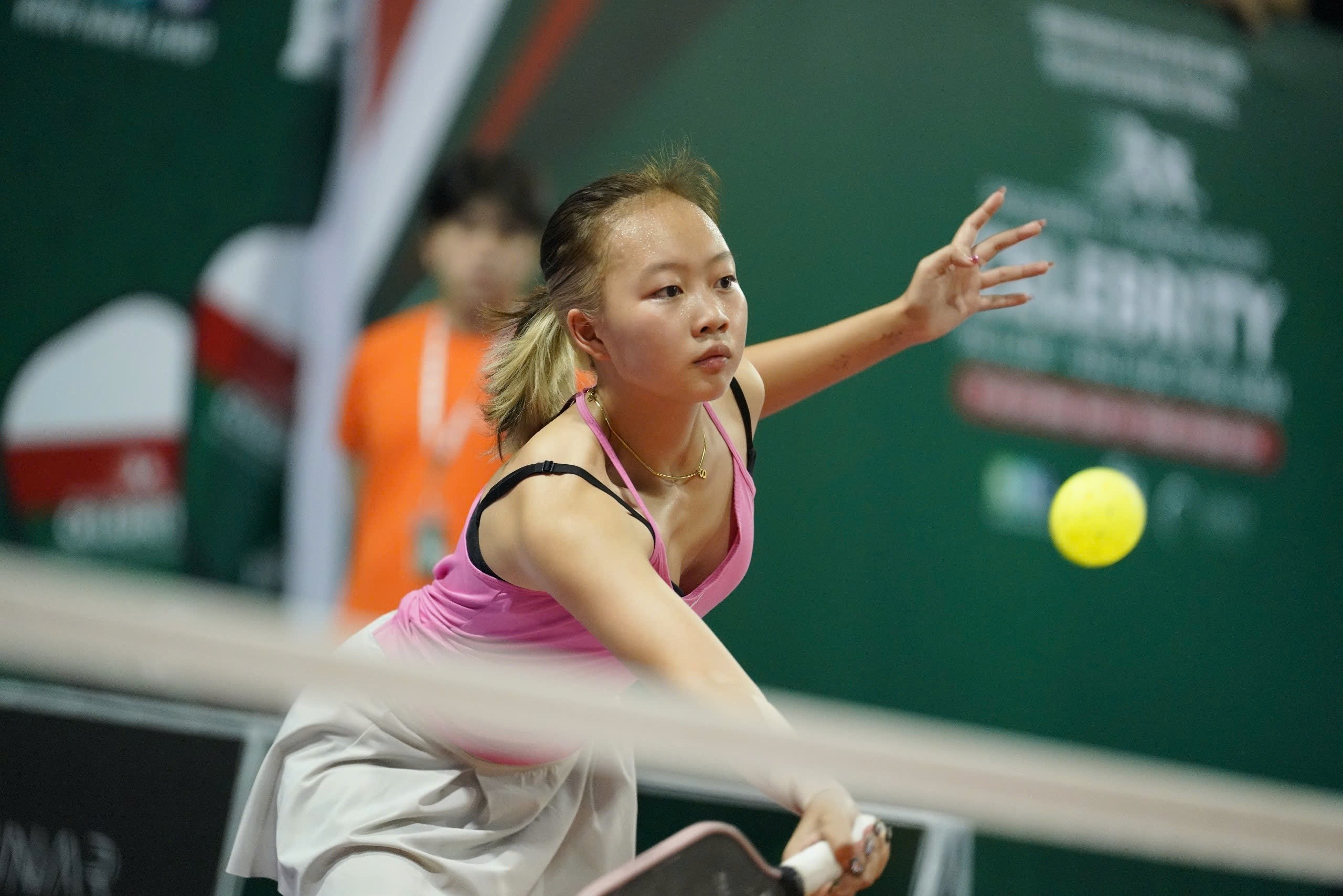



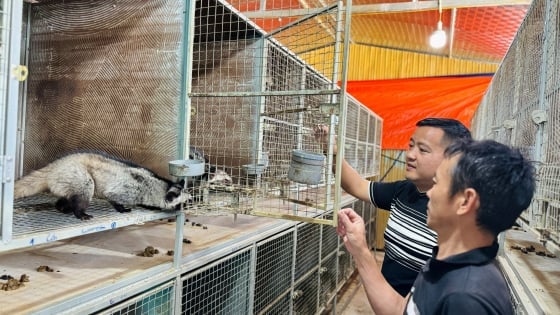
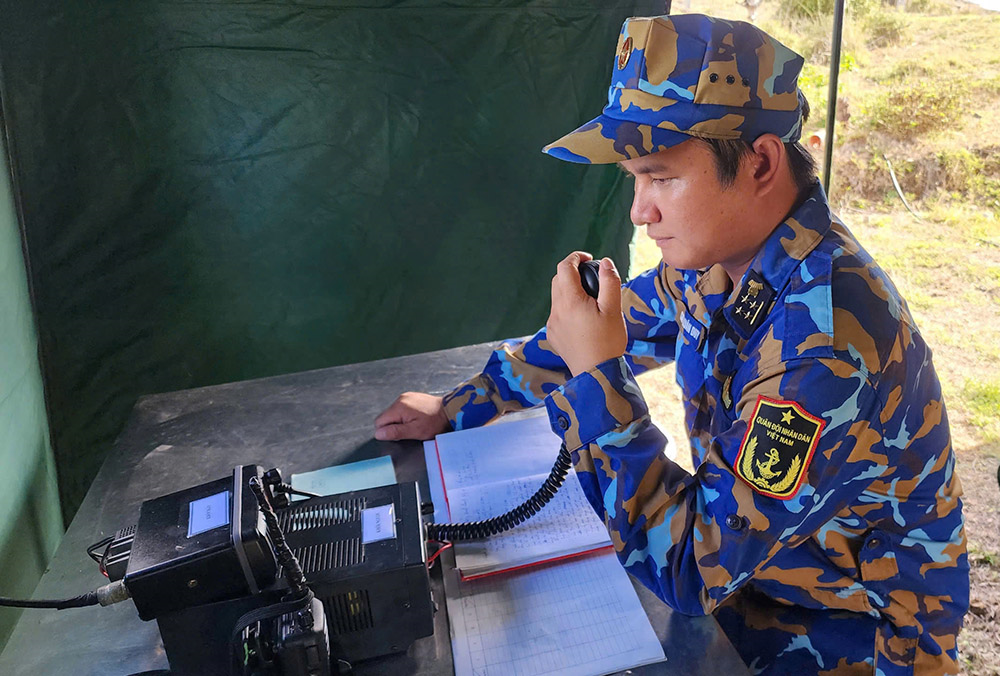













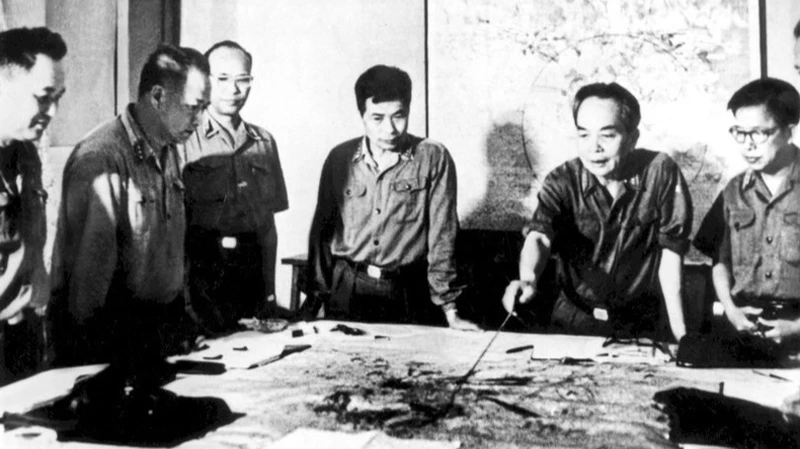


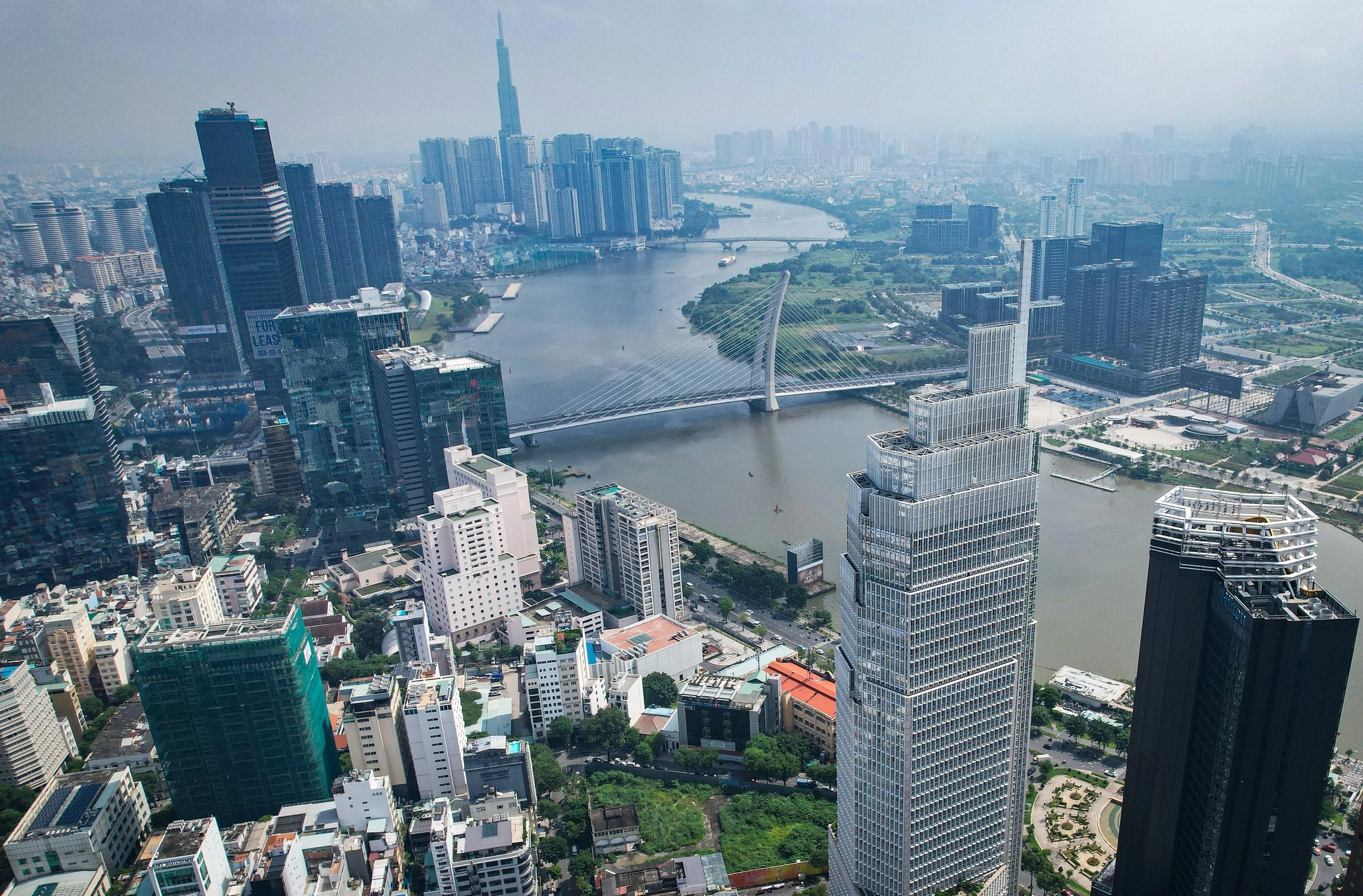


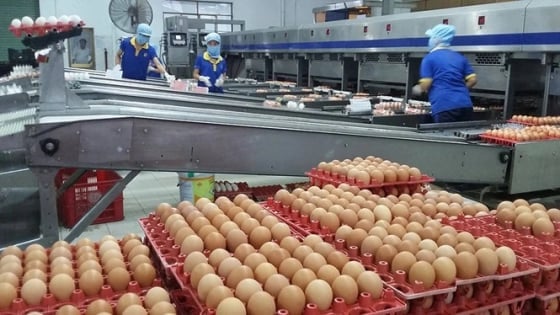







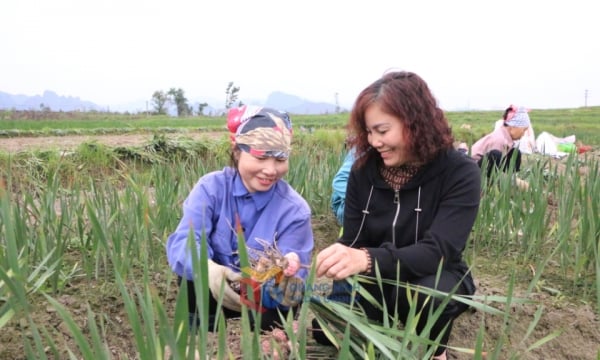

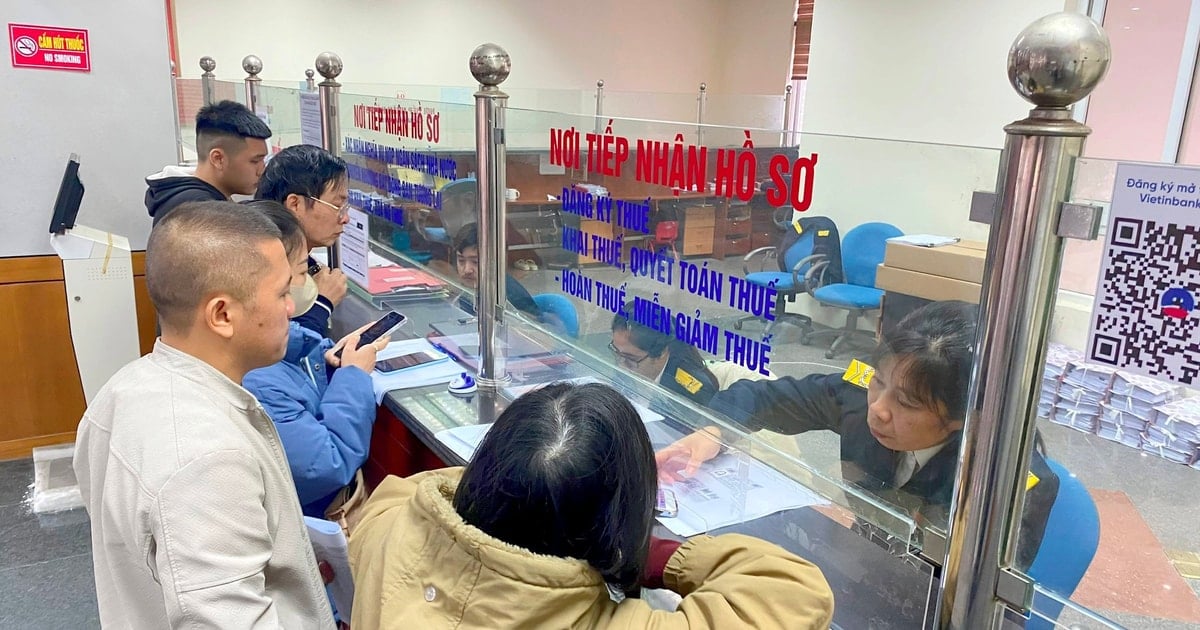

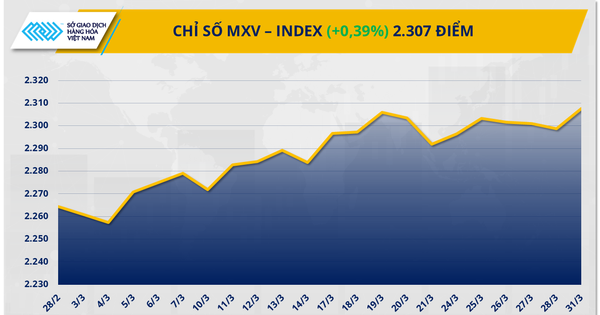
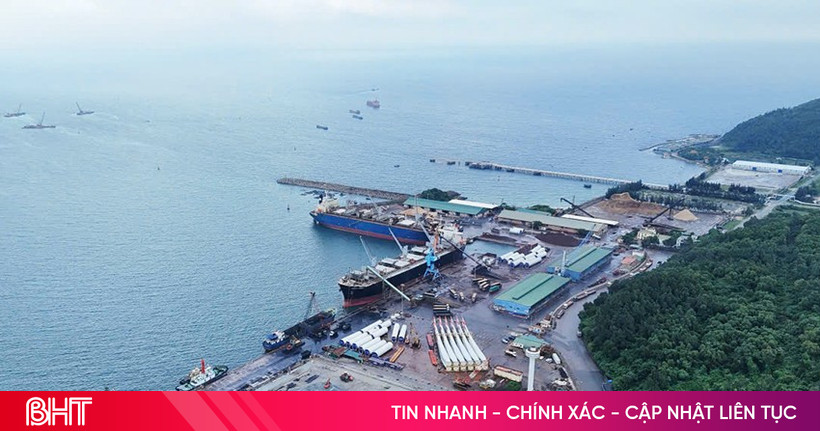

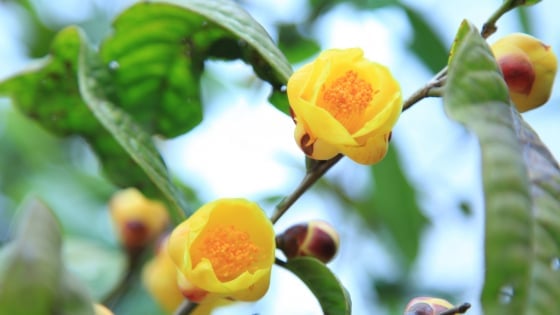
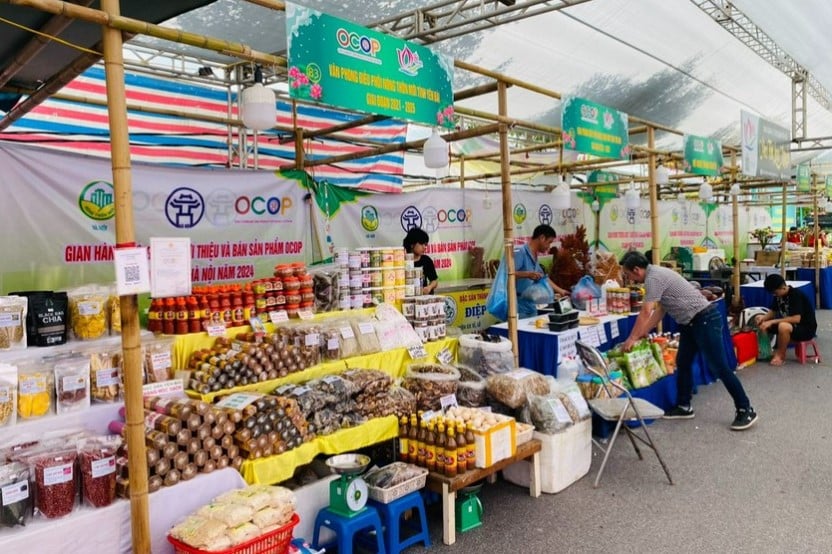
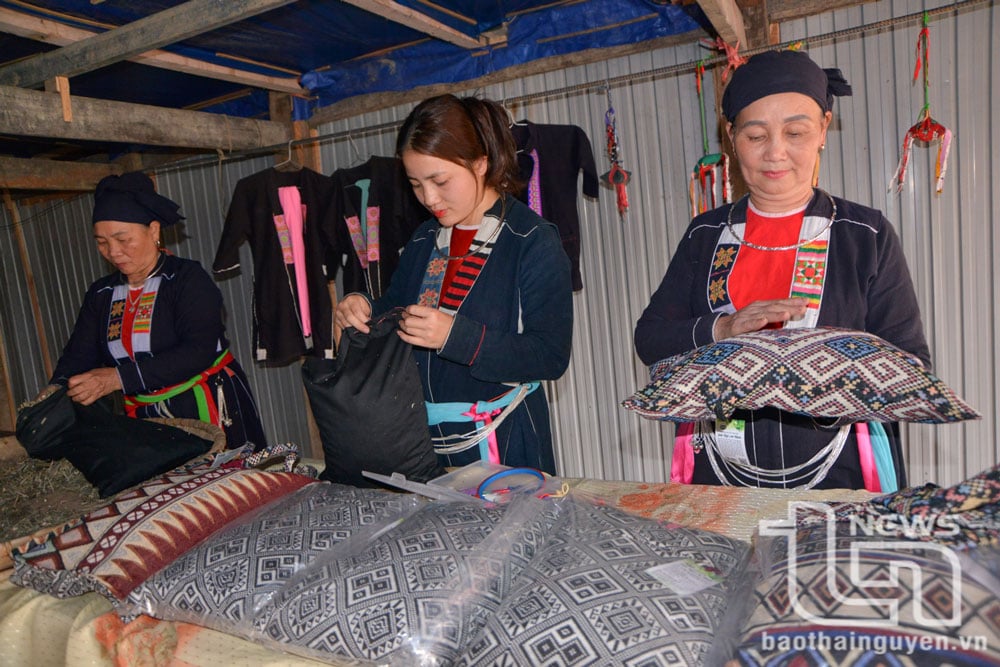


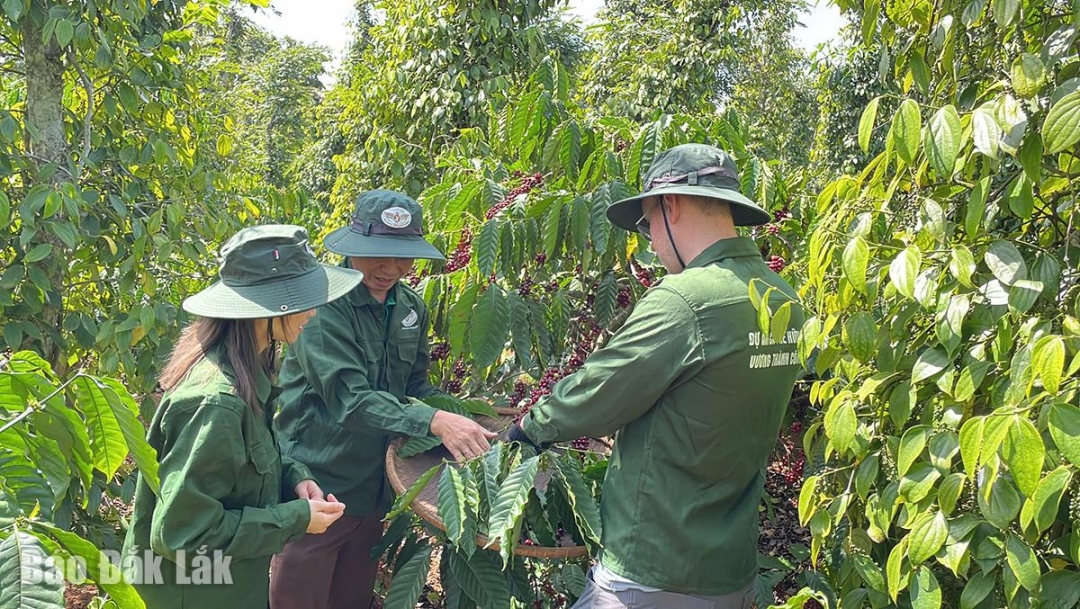

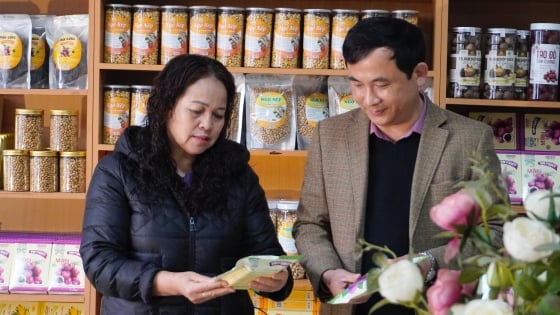
Comment (0)